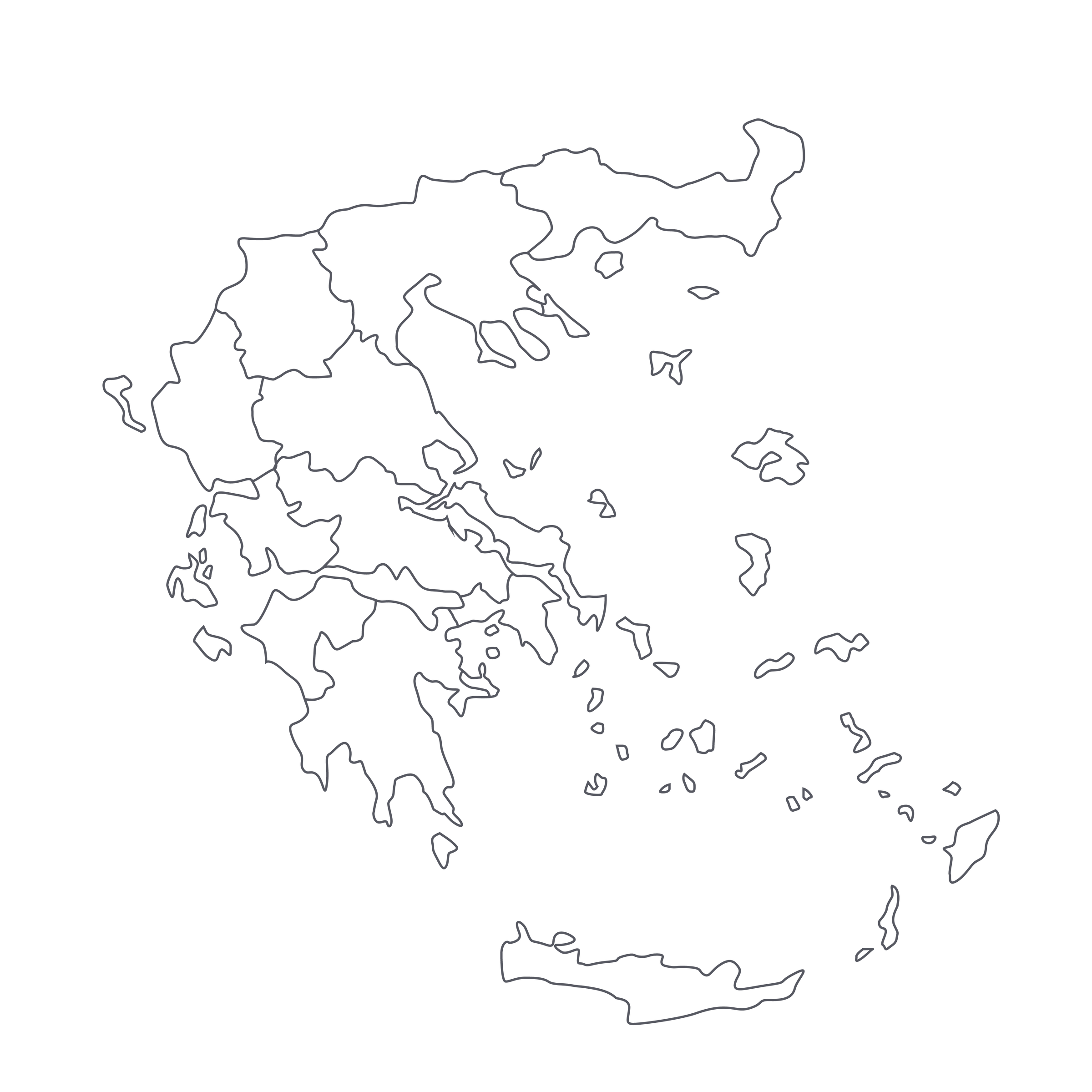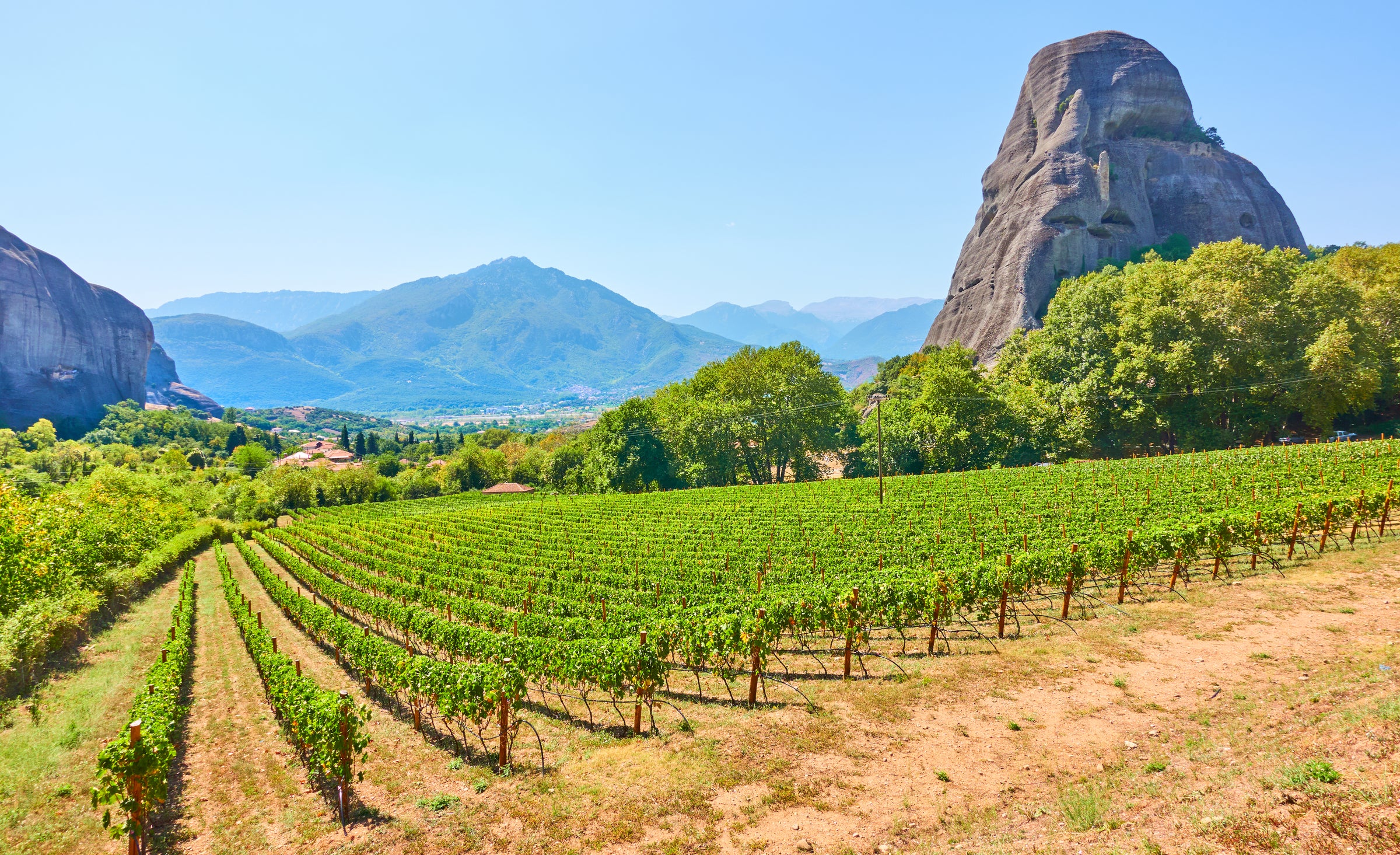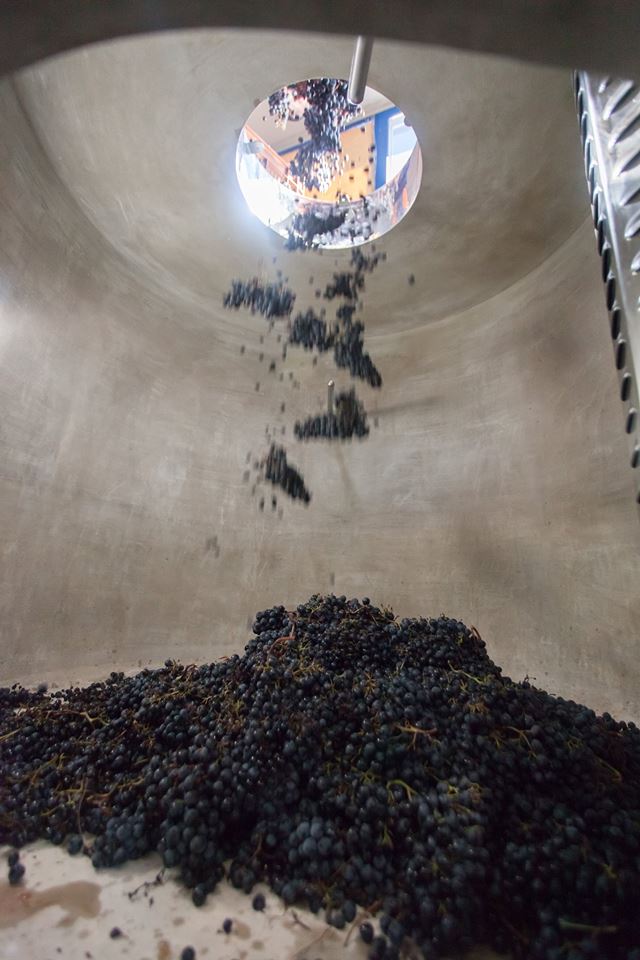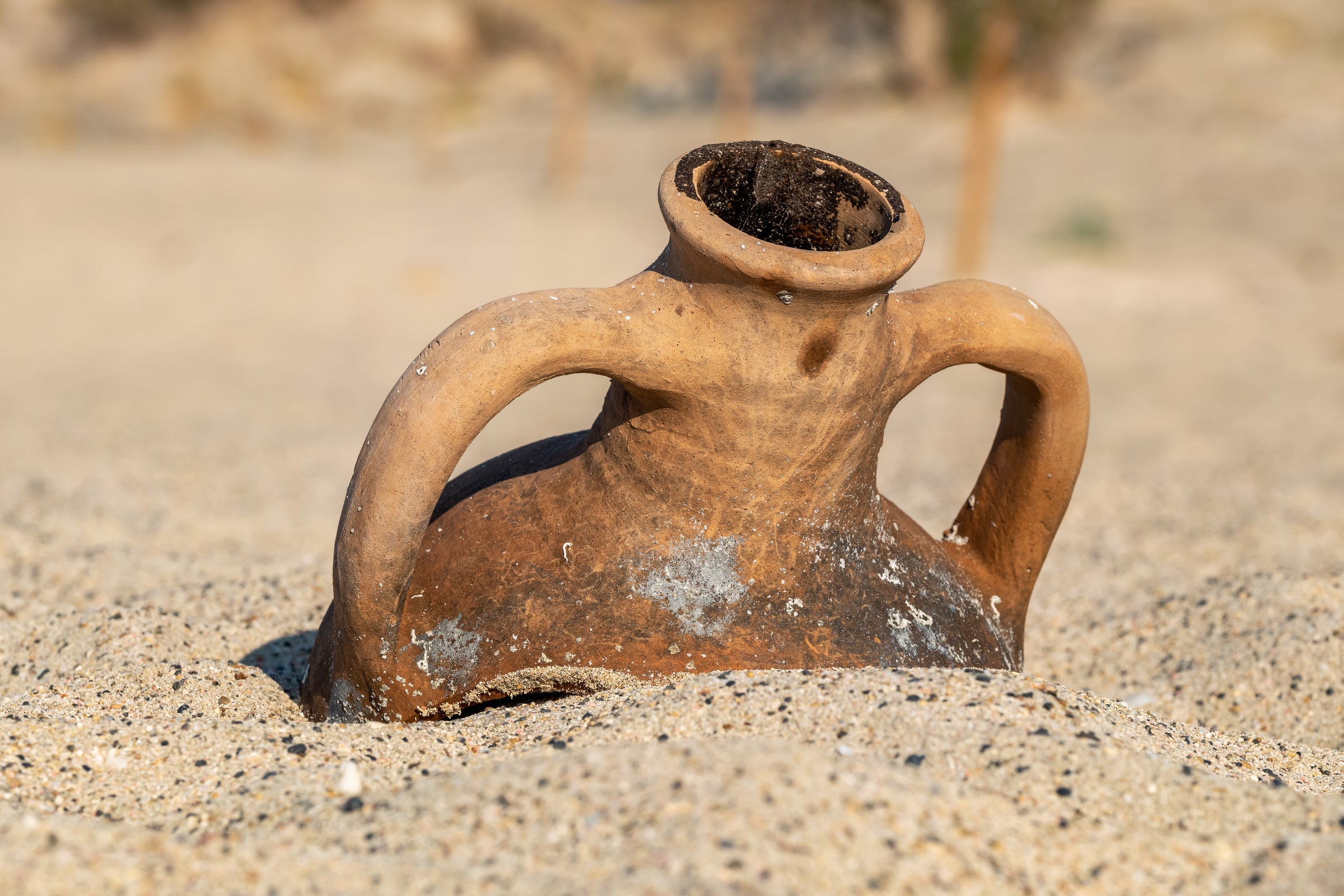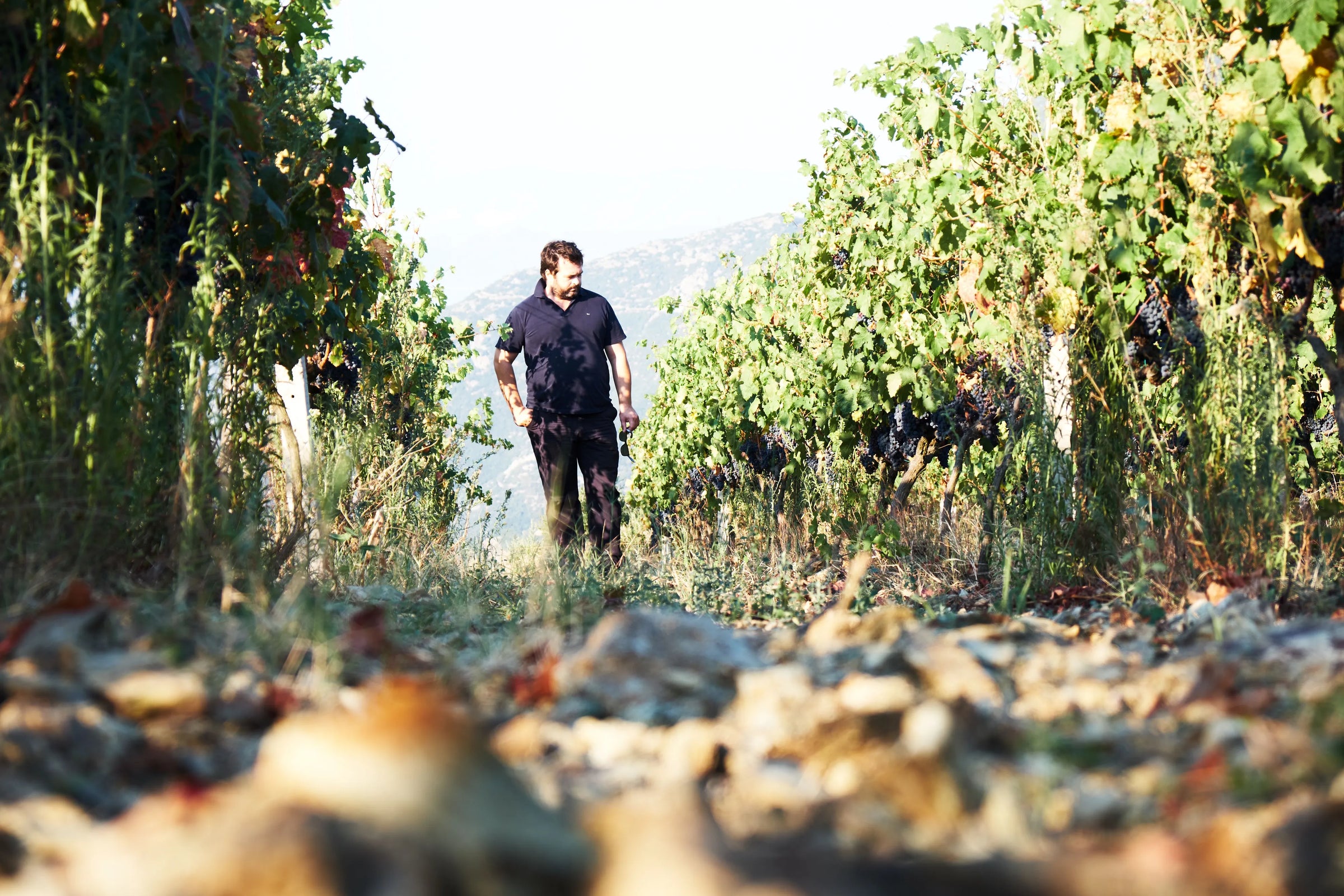Why don’t we offer more Greek wines? That’s a really good question, says SommSelect’s David Lynch, especially after tasting this exceptional (and exceptionally well-priced) red from the iconic Naoussa region. One word: wow.
As both a retail wine buyer and a tight-fisted wine consumer, there are two emerging wine nations I’ve got my eye on: Greece and Portugal. These are two of the world’s oldest wine cultures, but they still find themselves playing catch-up with the bigger European wine players. As such, we end up with beautifully crafted wines from historic terroirs whose value-for-dollar is simply off the charts. The price of today’s wine, from the Vaeni Winery in the northern Greek appellation of Naoussa, can only be explained as a function of its unfamiliarity. This is Vaeni’s “Grande Reserve,” made from 100% Xinomavro—widely referred to as “the Nebbiolo of Greece”—and aged four years in barrel and bottle before release. It’s a serious red, now with some bottle age to boot, reminiscent not just of Barolo but of red Burgundy as well. To be able to acquire it at this price seems unfair. Talk about a guilty pleasure…I felt a little guilty, but the wine was such a pleasure I got over it. Whether you’re new to Greek reds or an old hand, this is one you need to know. Once you’ve tried a bottle, you won’t want to stop at one.
Because the stock image of Greece is that of hot sun and azure seas, it’s easy to overlook the fact that the Naoussa appellation is in Macedonia, in northernmost Greece. Vineyards are nestled in the southeastern foothills of the Vermio Mountains, far enough from the Aegean Sea to be considered a cool, “continental” climate. They have ski resorts here, not exactly something I readily associate with Greece. The Naoussa appellation—the Greek abbreviation is PDO, for “Protected Designation of Origin”—was the very first in the country to be officially codified, in 1971.
Among the requirements of the Naoussa PDO is that the wine must be comprised of 100% Xinomavro (pronounced ksee-NOH-mah-vro), arguably the most important red grape in Greece. Its tannic structure, color, and expressive perfume have prompted many to compare it to Italy’s Nebbiolo, and I wouldn’t disagree, although I don’t find Xinomavro to be quite as tannic (or alcoholic) as Nebbiolo. Soils in Naoussa are a clay and limestone composite, much like those of Barolo, so the “Barolo of Greece” moniker is all but unavoidable here: This 2010 shows some of the tarry, leathery characteristic of Barolo, though perhaps the better comparison in this case would be to the more finessed Nebbiolo-based reds of “alto Piemonte” or Valtellina.
Yet in addition to those darker, more savory notes, the 2010 “Grande Reserve” also delivers a clean, pure core of black cherry, goji berry, and red currant fruit that wouldn’t be out of place in a Côte de Beaune Pinot Noir. This wine aged two years in French oak barrels and two more in bottle before it was released, and now it has enjoyed further bottle aging still—it boasts great lift and freshness, with aromas of rose petals, warm spices, crushed rocks and pipe tobacco melding with the bright fruit. I’d say it has entered its prime and it should stay there for a while: If you are opening a bottle tonight—and indeed you should not wait—decant it about 30 minutes before serving in Burgundy stems at 60-65 degrees. It is medium-bodied, its tannins have softened to a fine, silty consistency, and the finish is long and quite aromatic. It is a really elegant red that melds sweet and savory flavors seamlessly. Tasting it made me crave something a little gamey and grill-y: check it out with the attached recipe for Greek-style
souvlaki—should be spot-on!
— David Lynch
